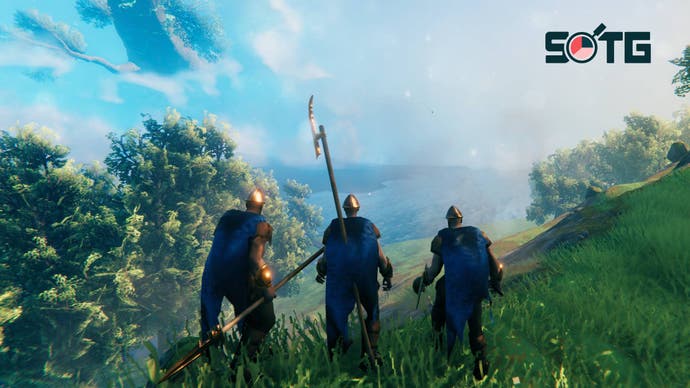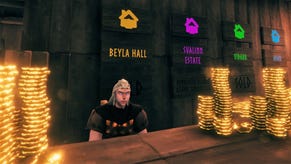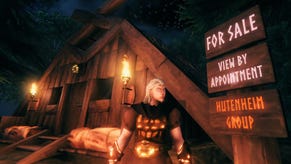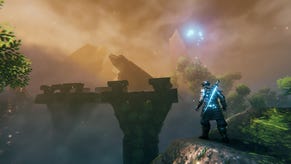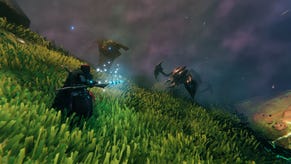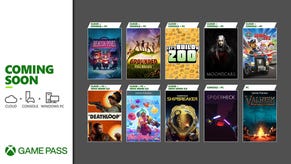State of the Game: Valheim - a Viking epic in limbo
Mything in action.
Eight months had passed since Valheim's launch, and my friends and I had finally completed our mission. We had found the perfect location. We had turfed out the local draugrs. We had constructed a luxurious hot tub overlooking a lake - we had even installed mood lighting. Yes, it was true: our Viking spa town was complete. Removing our padded armour sets, we crammed ourselves into the tub and began to take in our idyllic surroundings. A hush fell over the group, with only the bubbling of the water and the occasional bellowing of a deer disturbing the silence.
"So", someone eventually said. "Now what?"
Those who have played Valheim from the start will know that, nowadays, it's largely up to the player to set their own goals for what they want to achieve in-game. Updates for Valheim have been fairly limited in scope, with most introducing fixes and additional crafting items rather than major new chapters in the game's story. Valheim's simple and snappy building system has been able to keep players busy for some time, but there are only so many pubs and longhouses you can build before the longing for something more returns.
Part of the appeal of Valheim is creativity, yes, but it's also about adventure - and with only a few surprises included in the updates since launch, Valheim's once-boundless world now feels quite a bit smaller.
Valheim, of course, was never intended to be a true live service game. Developer Iron Gate confirmed there will be an end point, and as a Steam Early Access game, it won't run on indefinitely. But judging by the pace of development so far, it could be some time before we reach this conclusion. Valheim launched in February 2021, and somewhat surprisingly for a game released via the Early Access program, it immediately felt like a complete experience - and a seriously good one at that. With stunning low-poly visuals, a compelling crafting loop and five challenging bosses, there was already plenty there to keep players occupied for dozens of hours.
As a multiplayer sandbox game, Valheim also provided the perfect digital hangout space to connect with friends during the Covid-19 pandemic. In an interview with GamesIndustry.biz, publisher Coffee Stain explained that certain trends in games and wider culture also gave Valheim a popularity boost. This included the Viking revival led by Assassin's Creed Valhalla and HBO's series Vikings, and the surging popularity of survival games such as Rust. All of this, combined, meant that Valheim's launch vastly exceeded expectations. Three million copies were sold in the first 16 days, and at one point Valheim achieved over 500k concurrent players on Steam - placing it at eighth in the all-time rankings for concurrent players on the platform, above heavyweights such as Fallout 4, Apex Legends and GTA 5 (via Steam Charts).
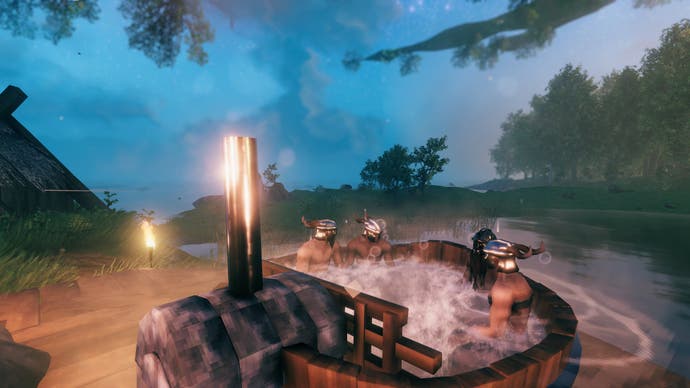
The success was well-deserved, but it placed a heavy burden on Valheim's small team of developers. At the time, Iron Gate had a team size of only five people. The sudden influx of players meant that any and all technical problems were immediately highlighted, and the team had to prioritise fixing these over developing new content. Iron Gate's plan to roll out four updates in 2021 was scrapped, and the team decided to shift focus towards finishing up Valheim's first major update, Hearth and Home, along with the (still-unreleased) Mistlands update.
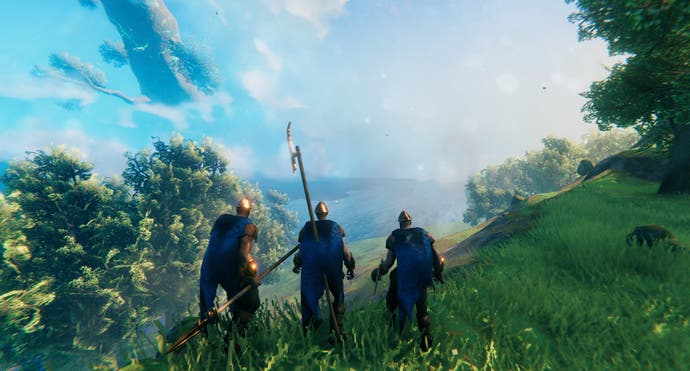
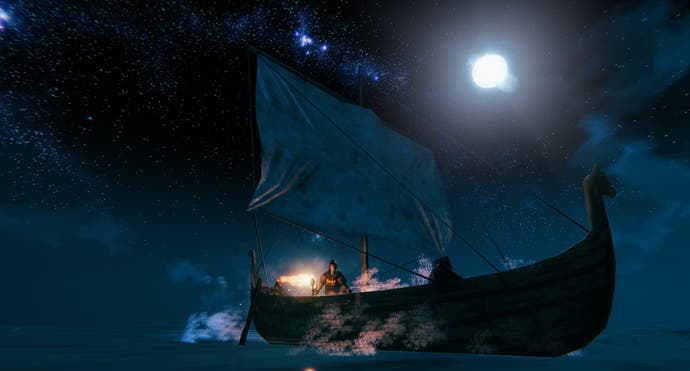
The decision to initially fix the technical problems was probably the correct path for Iron Gate to take: with millions of players handing over their money for the existing product, ensuring the base game was running smoothly was the right thing to do. Yet this meant Iron Gate was unable to fully capitalise on Valheim's popularity at launch. What Valheim desperately needed to maintain its momentum was - and still is - a biome update.
At the heart of Valheim's narrative is a quest from Odin to kill a series of boss enemies, each of whom presides over a specific region. Before taking on a boss, you must first master their biome. This means upgrading your equipment using newly-found resources, defending yourself against harder enemies, and dealing with tougher environments. The biome-to-boss cycle is the essential driving force behind Valheim, bookmarking your progress through the game and simultaneously providing the motivation to struggle onwards. Yet 17 months have passed since Valheim's launch, and we are still to see a new chapter in this story. It's starting to feel a little George R.R. Martin over here.

Frankly, Valheim had enough content at launch that its story could have simply concluded at the Plains biome. But the tantalising promise of further adventures (and a definitive ending) certainly stoked some frustration in the community. Those who are still playing - waiting patiently for that Mistlands biome update - are currently stuck in a sort of narrative limbo. Appropriate, perhaps, for a game about the Viking afterlife. On my group's dedicated server, this has resulted in a gradual but significant shift in the way we approach the game. Our early days in Valheim were marked by fear and excitement: it felt like anything could jump out from the trees, and that thing would almost certainly kill us.
As we obtained new gear and established ourselves, we entered a new phase of taming the world around us. Now, with all the biomes conquered and little to really challenge us, we have taken to building vanity projects - the spa town being one, and the construction of a North Pole base being another. Unsurprisingly, our interest in playing Valheim has also waned over time. None of us are quite ready to give up on the game entirely, as we all want to see what the Mistlands update will bring. But we really are starting to run out of construction ideas.
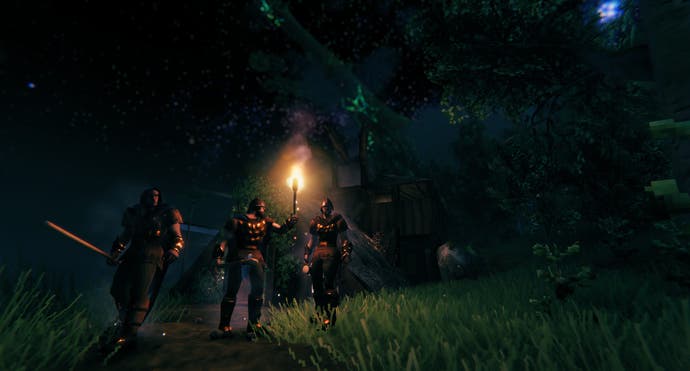
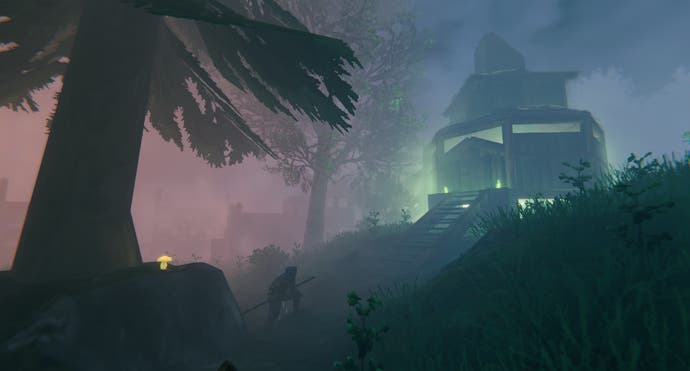
While a biome update is what's really needed to renew interest in Valheim, it would be unfair to dismiss the game's other updates out of hand. Many of the patches have deepened or improved Valheim's existing systems: Hearth and Home, for instance, added an array of new build pieces, and reworked the food crafting system to make it more challenging. The updates also have, to some extent, been successful in forcing players out on new adventures. The need to collect tar to build darkwood items prompted us to set up a new outpost in the Plains, leading to further mishaps and escapades. The Frost Caves update, which brought brand new dungeons to the Mountains biome, rekindled some of the emotions I felt when I first played Valheim. It amazed me how even this small update could bring back a sense of wonder at Valheim's world: both the joy of discovering beautiful new environments, and the abject fear of finding terrifying new monsters in darkened corners.
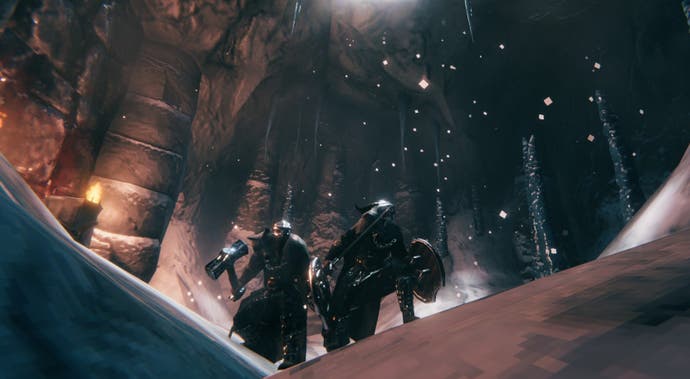
It may not have changed much since launch, but it's worth remembering that Valheim still is, at its core, an absolutely brilliant survival game. You won't get quite the same feeling of mystique and the unknown on a second playthrough, but that compulsive loop of crafting, boss battles and exploration is still there. It's a game designed so that every journey outside your base has the potential to turn into a dramatic saga. Even a quick trip to find raspberries for a potion can easily turn into a high-stakes rescue mission, particularly if you encounter some Deathsquitos along the way. And that sense of unpredictability applies whether you're wearing a troll skin cloak, or are suited up in full padded gear.
It's worth mentioning, too, that Valheim is blessed with an extremely welcoming and supportive community. From the Body Recovery Squad's efforts to help recover players' lost items, to the appreciation shown for creative builds on the Valheim subreddit, the warmth of the wider community really adds to the overall experience.
When played solo, Valheim offers a moody and isolating journey through the Viking afterlife, but it really comes into its own as a multiplayer. It fosters an incredible sense of camaraderie between players: not surprising, perhaps, when you spend hours together on dangerous boat voyages, then cosy up inside log cabins afterwards. It's astounding, really, that my friends and I are still spending time in Valheim so long after its launch.
It's something I can only attribute to the strength of Valheim as a sandbox game, and the hazy beauty of its world. More often than not, we now simply use it as a place to sit and chat. Earlier this week our evening session took the form of constructing a fishing platform, then sitting down to drink mead and fish while watching the sunset. A look at our server map now shows outposts and bases stretching across continents, with myriad place names that recall specific journeys and adventures: a document of our collective experiences over the past year. Valheim guides players towards adventure, but it lets players take their own path there - no matter how long-winded that route may be.
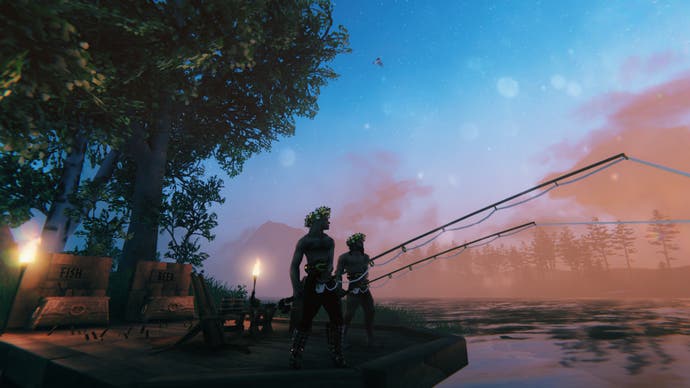
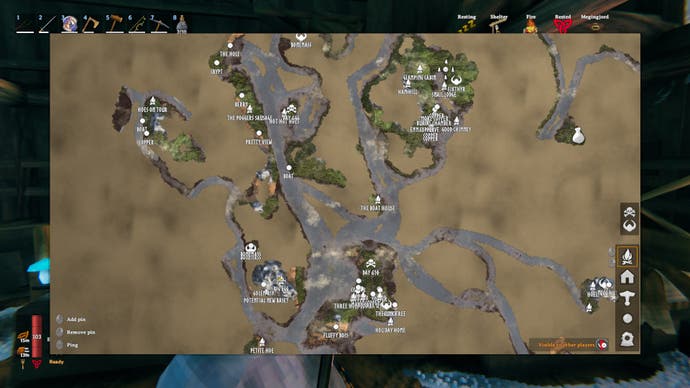
Soon, perhaps, we will finally see the Mistlands biome update in all its glory. The long wait for this update has been frustrating, but it's also worth putting all the delays into perspective. Valheim is a game that, for £15.49, is able to provide hundreds of hours of entertainment. Looking at my 230-hour play time on Steam, it's hard to get too angry about a delayed update for a game that already feels complete. So until that Mistlands update does arrive, you'll find me patiently tinkering away on side projects. Anyone want to help me build a treehouse?
This piece is part of our State of the Game series, where we check in on some of the biggest service games running to see how they're getting on. You can find plenty more pieces like it in our State of the Game hub.
